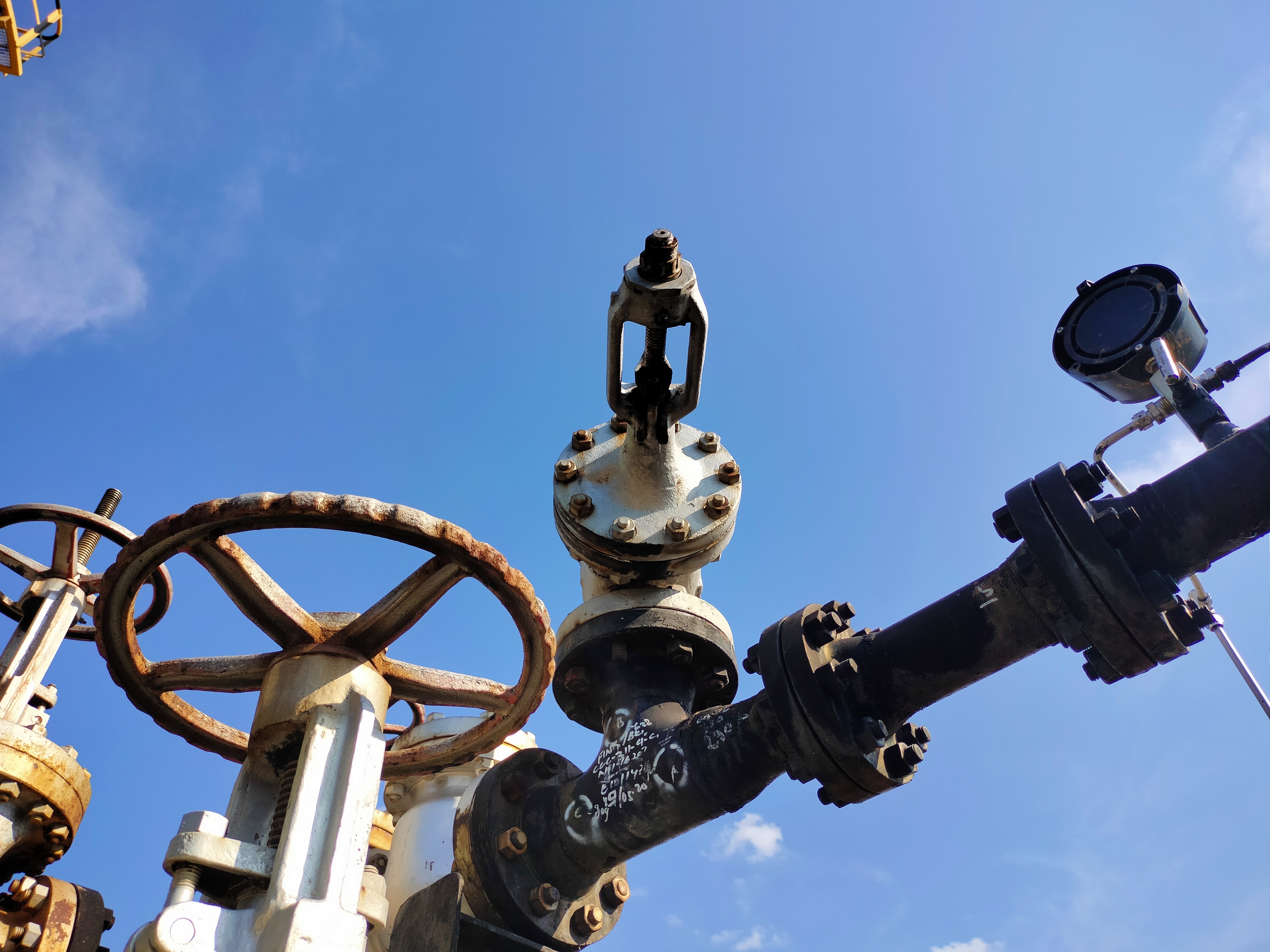Pipeline Integrity Monitoring Solutions

Pipeline distribution for Oil & Gas is considered to be a “performance critical” market, component failures can be catastrophic to the environment, hazardous to human health, and costly due to both repair and financial losses. In the O&G industry during 2020 alone, there were 578 reported incidents in pipeline distribution that resulted in 43 injuries and 15 fatalities, as well as a total cost of $339.7M.
Visual inspections are widely used for pipelines in many different applications, including upstream, distribution, and refineries. However, the effectiveness of this technique is limited by the sheer range of pipelines to be inspected (2.85M miles), accessibility of the pipelines, and the frequency of the inspections undertaken. The most widely used method of pipeline inspection outside of visual inspections is ILI or “PIG” testing. While ILI is a highly effective method of monitoring pipeline structural integrity, chemically cleaning a 24” 15-mile gas pipeline would cost between $210,000- $250,000 plus a disposal fee of $25,000 - $30,000. This cleaning is typically done before an ILI smart pig operation (monitoring) that costs another $100,000. Furthermore, ILIs cannot be used in a continuous manner, and they are only effective in about 60% of US pipelines.
MCET Technologies is developing a novel technology that can continuously monitor critical components in pipelines and pipeline joints. The technology can be applied to a variety of surfaces, including steel, wrought iron, plastic, PTFE, or composites. Because the sensors are applied as a distributive network, the sensors can monitor a wide area as opposed to limited ranges. The CNT sensors can also sense strain or damage in any direction. Finally, as the sensors themselves are directly applied to the surface of the component, they sense damage, corrosion, or strain directly, and the sensing skins are flexible enough to be directly applied to diameters as small as 1”. The CNT technology is a significant advance beyond current techniques, which can rely on a periodic inspection that may happen within months or even years. Current technology is either restricted to larger pipe sizes (ILI inspections) or is either limited to small, “regional” areas (strain gauges). In other words, MCET technology has structural monitoring capabilities that presently do not exist in Oil & Gas and Chemical markets.
%20Final%20(2).png?width=670&height=375&name=M-CET%20_Logo(s)%20Final%20(2).png)